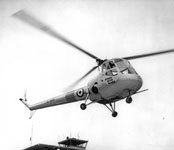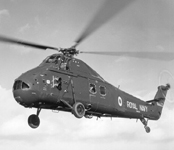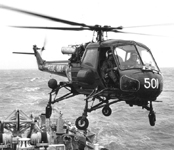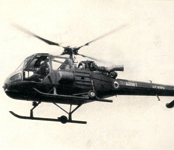TADEUSZ LEOPOLD CIASTULA
1909 — 1979  mechanical engineer, test pilot, air force captain, helicopter constructor
mechanical engineer, test pilot, air force captain, helicopter constructor
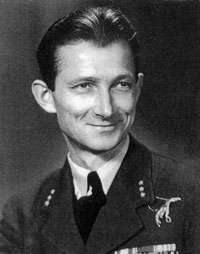
In the spring of 1947, he joined the design office of the Cierva Aircraft Company in Southampton. There he designed a light helicopter, the Cierva W.14 Skeeter. Following the acquisition of these plants in 1951 by Saunders-Roe (Saro), the Skeeter was manufactured in 1951-1960 in a series of 86 for the Air Forces of the UK, Germany and Portugal. For this company, he also designed the Saunders-Roe P.531 helicopter. Saro was acquired in 1959 by the Westland factory in Yeovil, Somerset. There, between 1961-1970, 275 helicopters of this type in Scout (land) and Wasp (sea) versions were manufactured. The Scout was used in the UK, Australia, Bahrain, Jordan and Uganda. The Wasp was used by the UK, Brazil, the Netherlands, New Zealand and South Africa. Under Ciastuła’s leadership, the G.13 design was created, which was produced as the Lynx military helicopter. By 1997, 380 machines of this type had been built. Over 740 helicopters designed by Ciastuła were constructed in total. In addition, he participated in the modification of Sikorsky S-58 - the Wessex (373 units built) - and the Sikorsky S-61 - the Sea King (326 units) - built under license from the U.S., and adapted the Puma helicopter, produced under license from the French, to British requirements. He also managed the arming of the helicopters and special equipment, including reconnaissance and rescue.




